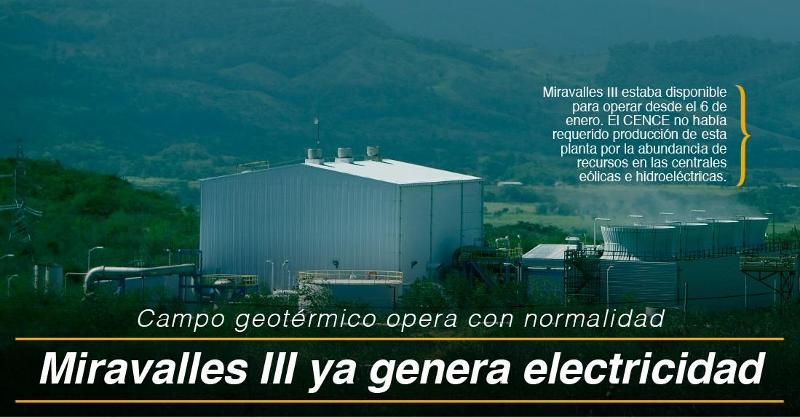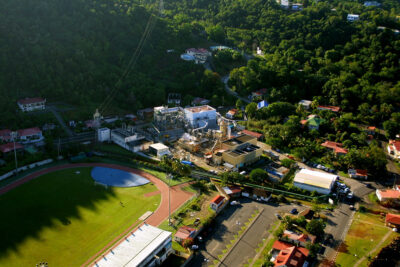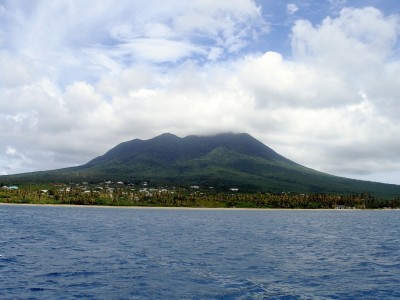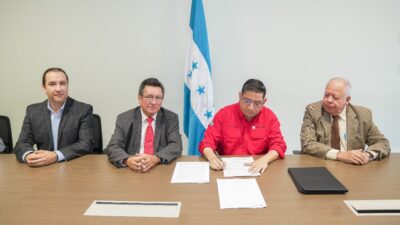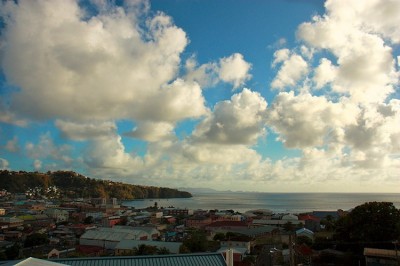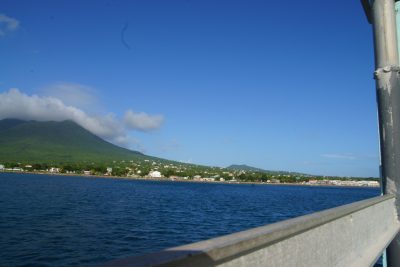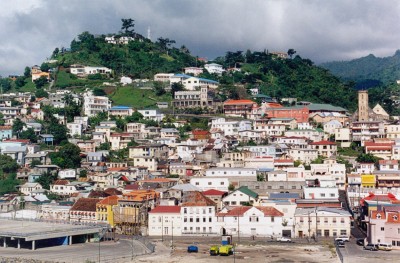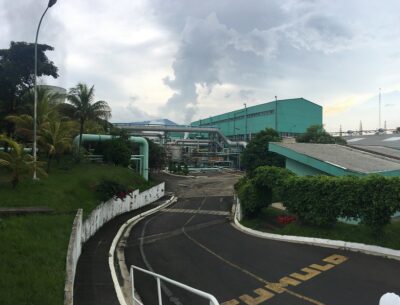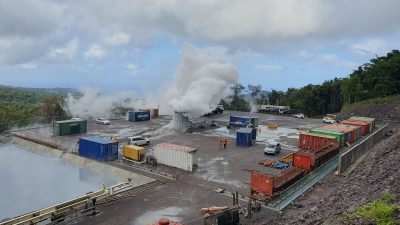Miravalles III geothermal plant in Costa Rica restarts after hurricane in November
The Costa Rica Electricity Institute (ICE) restarted operation of the 27 MW Miravalles III geothermal power plant in Costa Rica after damages due to a Hurricane in November last year stopped operation.
After intense reconstruction work by the Costa Rican Electricity Institute (ICE) on the geothermal fluid transfer pipelines damaged during Hurricane Otto, Miravalles III resumed power generation on January 23. The plant went out of operation in November.
These damages also partially affected Miravalles I, which operated normally from December 2 and alternated from that day with Miravalles II, due to the high availability of wind resources and water edge.
The conduits affected by Otto crossed in seven sectors the channel of the Hornillas ravine, site where one of the avalanches happened caused by the detachment of materials of the slopes of the volcano Miravalles.
In addition to the repair of these structures, the works included the construction of the foundations and the assembly of the pipes to restore the cold and hot reinjections of that plant.
“After the restoration of the affected pipes, Miravalles III was available to generate from 6 January. Its production is required from today due to the sufficiency of renewable resources of the previous weeks, which allowed to meet the national electricity demand with hydroelectric and wind power plants, “explained Luis Pacheco, ICE Electricity Manager.
With this restoration, Miravalles III – located in La Fortuna de Bagaces – provides 27 MW of strong generation to the National Electricity System (SEN).
Salvador López, director of the National Energy Control Center (CENCE), explained that “the alternate operation of Miravalles I and Miravalles II serves to control the electric frequency of the SEN. It is a practice that CENCE has put in place in other years, when electricity demand is low and there is an abundance of variable renewable resources, as happened during the last seven weeks. ”
CENCE continuously monitors the availability of renewable resources – water, geothermal, wind, sun and biomass – on which the national electricity matrix is based, which in the last two years exceeded 98% of clean generation.
“The abundance of renewable sources has allowed us to keep our reservoirs above predicted. We will optimize all this water so that we do not see it and enter the summer in the best conditions, “said Alberto Ramírez, Director of Generation of ICE.
Source: Grupo ICE
